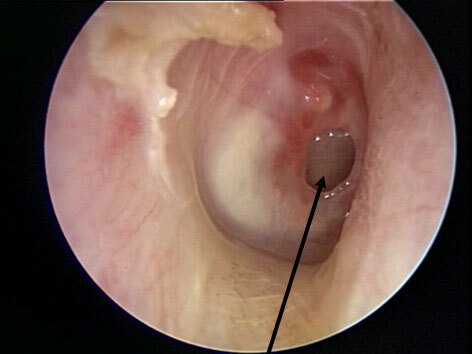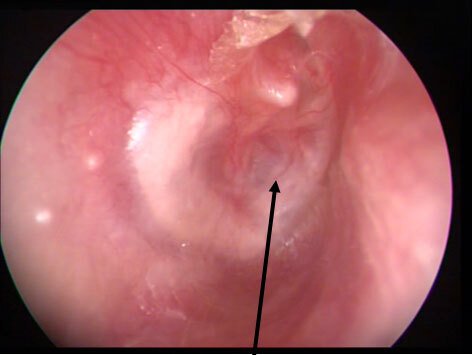
After Care Post-Op Care
Antibiotic ear drops are used in the ear after surgery. Regular activities are started the next day. Patients are typically seen 3 weeks after surgery to ensure proper healing. A hearing test is obtained 1 to 2 months after surgery after the healing process is completed.





